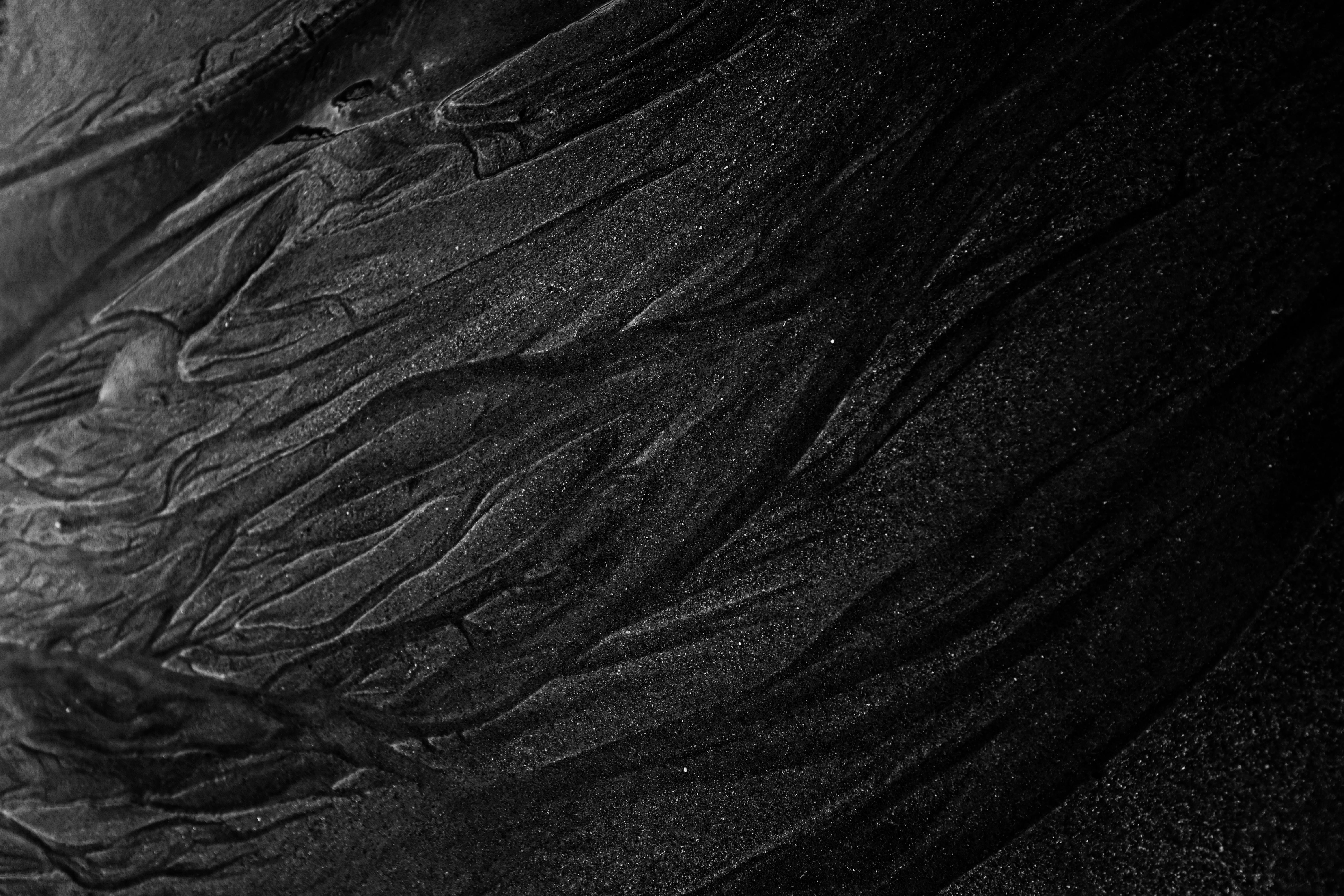Finding a buried water line can be a daunting task. It can be difficult to locate the line without damaging other utilities or structures in the process. Fortunately, there are some methods that can be used to help find the water line and determine its location and depth. In this article, we will discuss how to find a buried water line so that you can accurately locate and identify it before beginning any work.To locate buried water lines, the best way is to call a professional plumbing service. They will use specialized equipment, such as ground-penetrating radar, sonar, and metal detectors, to pinpoint the exact location of any underground water line. If the line is made of metal, they may be able to use a magnetic locator to detect it. Other methods include using an electronic transmitter or pipe tracing device. These methods are non-invasive and accurate in locating the water lines without having to dig them up.
What to Consider Before Digging for Water Lines
Digging for water lines can be a daunting task. Before jumping into the project, it’s important to take some time to consider a few things. First, you should always make sure that you have the proper permits and that your proposed digging will not violate any local laws or regulations. It’s also important to research local statutes and ordinances regarding water line installation and make sure that you are following all applicable rules. Additionally, it’s important to consider the type of soil in the area where you plan on digging so that you can select the proper materials for the job. Finally, be sure to contact any utility companies or other organizations that may have an interest in your proposed water line before beginning your work.
Once you’ve done your due diligence and made sure that all of your research is complete, it’s time to start digging. Be sure to wear appropriate safety gear such as gloves, eye protection, and sturdy boots throughout the process. It’s also important to use caution when handling heavy equipment or excavating around power lines or other underground utilities. Additionally, if you plan on digging more than 3 feet deep, it’s wise to use a backhoe or other heavy machinery rather than attempting to do so by hand. Finally, be sure to keep an eye out for any underground pipes or cables which could be damaged during excavation.
Digging for water lines can be a challenging task but by taking the time to do some research beforehand and taking proper safety precautions during excavation, it is possible to successfully complete a project without any major setbacks.
Identifying Existing Water Lines
Identifying existing water lines can be a tricky task, especially if you are unfamiliar with basic plumbing principles. Fortunately, there are several methods that can help you identify and locate existing water lines in your home or business.
The first step in identifying existing water lines is to inspect the area and look for any visible signs of water supply lines. This includes locating any exposed pipes, valves, or fittings that may lead to a water supply line. If you find any of these components, then you may have identified an existing water line.
Another way to locate an existing water line is to listen for running water. If you hear a faint sound coming from behind a wall or under the floorboards, then it is likely that there is an active water line present in that area.
If the area is not visible and you cannot hear any running water, then the next best option would be to use a specialized plumbing detector device to help identify the location of any buried pipes or fixtures. These detectors are designed specifically to detect active and inactive plumbing systems and can be used both indoors and outdoors to help pinpoint the exact location of any hidden pipes or fixtures associated with your home’s plumbing system.
Finally, if all else fails, then you may need to consult with a professional plumber who can come out and properly assess the situation and help you identify any existing water lines in your home or business. A qualified plumber will have the knowledge and experience necessary to properly diagnose the problem and provide you with a solution that will ensure your safety as well as saving time and money in the process.
Ground Penetrating Radar for Locating Water Lines
Ground penetrating radar (GPR) is a safe and efficient technology for locating water lines. It is a non-destructive technology that uses electromagnetic radiation to detect objects buried in the ground, including pipes, cables, and other metallic objects. GPR has become an increasingly popular tool for locating water lines due to its accuracy and reliability.
GPR can be used to locate existing water lines or to detect new ones that may have been damaged or hidden underground. The technology works by sending pulses of electromagnetic radiation into the ground which reflect off of objects buried below the surface. These reflections are then detected by receivers placed on the ground, allowing for accurate mapping of the location of any buried object.
Using GPR to locate water lines is a cost-effective solution that can save time and money in comparison to traditional methods such as excavation or X-ray imaging. GPR requires minimal setup and can be completed quickly with minimal disruption to the surrounding environment. Additionally, it does not require special training or certification from personnel operating it, making it an ideal choice for many situations where quick and reliable results are needed.
GPR is also highly reliable when it comes to detecting water lines in a variety of soil types and depths. This is because the electromagnetic radiation used is able to penetrate through most soils, allowing for accurate detection even in areas with high levels of clay or other substances that can interfere with traditional methods such as X-ray imaging. Furthermore, GPR can detect objects in depths up to several meters below the surface, making it possible to accurately map out underground infrastructure without having to dig large holes in order to access them.
Overall, GPR provides an efficient and reliable solution for locating water lines that saves time and money while providing accurate results. With its ability to penetrate through most soils and its minimal setup requirements, GPR has become one of the most widely used technologies when it comes to locating underground infrastructure such as pipes and cables.
Pipe Tracing for Finding Buried Water Lines
Pipe tracing is a process used to locate buried water lines. It involves using specialized equipment such as ground penetrating radar, metal and plastic locators, and acoustic detectors to trace the path of the pipe. This technique is often used when digging in a yard or working on the construction of a new home. By tracing the pipes, it allows engineers and contractors to determine where they need to dig in order to make repairs or install new lines. It also helps prevent accidental damage to existing lines by giving workers an idea of what lies beneath the surface before they start digging.
The process begins with an initial survey of the area where the pipe is thought to be located. This survey will usually involve taking measurements and photographs of the area so that it can be analyzed later on. Once this data has been collected, specialized equipment is used to detect any possible signs of a buried water line. The equipment used for this can range from simple metal locators to more advanced ground penetrating radar systems. Depending on how deep the line is buried, different techniques may be employed such as using acoustic detectors or drilling into the earth in order to locate it.
Once a line has been detected, workers will then use measuring devices such as measuring tape or string and stakes in order to trace its exact path from one end of the property to another. This information can then be used by engineers and contractors when planning out construction projects or making repairs, as it helps them identify which areas need attention first and how deep they need to go in order to access them. Pipe tracing is an essential part of any excavation project and should be taken into consideration when planning any work that involves digging in an area where there might be hidden water lines.

Using a Metal Detector to Find Buried Water Lines
Finding buried water lines can be a daunting task. It requires specialized tools and techniques that can be difficult to master. One of the most effective methods for locating these hidden lines is using a metal detector. Metal detectors are designed to detect the presence of metal underground and are an invaluable tool for locating buried water lines.
When using a metal detector to locate buried water lines, it is important to understand how the device works and what type of signal it will produce when it detects metal underground. Metal detectors typically operate by transmitting a low-frequency electromagnetic field into the ground and then measuring how this field is affected by any metal objects that may be present. The detector will then produce an audible or visual signal indicating the presence of metal underground.
Before beginning your search, it is important to check for any nearby power lines or other sources of electromagnetic interference as these can interfere with the accuracy of your results. Once you have cleared the area, begin your search by slowly sweeping the metal detector along the suspected area where the water line may be located. If you detect a strong signal, you can mark the spot with a flag or other marker so that you can easily revisit it later on.
It is also important to note that different metals will produce different signals on your detector so if you are looking for a specific type of pipe, such as copper or PVC, you may need to adjust your settings accordingly in order to ensure accurate results. Additionally, keep in mind that some metals are more difficult to detect than others due to their composition or size so if you are having difficulty locating something specific, it may be worth investing in a higher-powered model with better sensitivity settings
Depending on where you live and local regulations, some municipalities may require permission from authorities before searching for buried water lines using a metal detector. Be sure to research your local laws before beginning your search as failure to do so could result in fines or other penalties.
Using a metal detector is an effective way to locate buried water lines but it requires patience and practice in order to get reliable results. With some practice and dedication, however, anyone can learn how to use this powerful tool effectively and efficiently locate hidden lines beneath the surface without any hassle or difficulty.
Checking with Utility Companies Before Digging
Whether you’re a homeowner or contractor, it is important to check with utility companies before you start your next digging project. The risks of digging without checking first are too great to ignore. Buried utility lines may be damaged if not located in advance of excavation work, resulting in costly repairs and potential safety hazards.
In most areas, it is required by law to contact your local utility companies before starting any excavation work. Not doing so could expose you to hefty fines and other legal consequences. Your local one-call center can help you identify the approximate location of underground utilities and coordinate their marking.
Utility companies generally need at least two working days’ notice before they can mark the approximate location of underground lines for free. In some places, this timeframe may be longer, so plan ahead and factor this into your timeline. The company will then come out and mark all underground power lines, gas lines, phone lines etc., so that they can be avoided during the excavation process.
Digging without knowing where buried utility lines are located could result in serious injuries or even death due to electrocution or gas leaks from damaged pipelines. It could also cause an interruption of utilities services for thousands of customers in the area until repairs have been completed. Therefore, it is essential that you take the time to check with your local utility companies before beginning any excavation work on your property or project site.
Using Ground Penetrating Radar
Ground Penetrating Radar (GPR) is a reliable and efficient method for finding buried water lines. This method uses a specialized radar device to measure the depth of underground objects and identify any potential water lines that may be present. The device sends out electromagnetic pulses which then reflect off of objects located below the ground’s surface, allowing the user to accurately map out an area and detect any potential water line locations. GPR is an effective way to locate water lines without the need for digging, making it a much faster and less costly option than traditional excavation methods.
Using Magnetic Locators
Magnetic locators are another way of finding buried water lines. This method utilizes a magnetic field to detect changes in the Earth’s magnetic field caused by the presence of metal pipes or other metallic objects below the surface. By scanning an area with a hand-held device, magnetic locators can accurately map out any potential water line locations without having to dig up the area. This is a great option for locating buried water lines as it does not require any excavation or digging which can be time consuming and costly.
Using Visual Inspection
Visual inspection is another method used for locating buried water lines. This involves looking at an area with your eyes in order to identify any visible signs of a buried water line such as exposed pipes, depressions in the ground, or discolored soil. While this method does not provide an exact location of any potential underground pipes, it can be useful in providing clues as to where a pipe may be located which can then be followed up with other methods such as GPR or magnetic locators.
Using Utility Mapping Software
Utility mapping software is also available for locating buried water lines. This type of software uses digital maps and aerial images to create detailed maps showing the location of underground pipes and other utility systems. This software makes it easier to pinpoint exact locations of buried utilities without having to physically dig up an area in order to find them. In addition, this type of software can also help identify potential problems with existing pipes or other utility systems which could lead to future issues if not properly addressed.

Conclusion
Finding a buried water line can be a difficult task and requires the use of specialized tools. Before beginning the search, it’s important to understand the common types of water lines, how to identify them, and where they might be located on your property. Commonly, they will be found near a water meter or near other outdoor plumbing fixtures. It’s also important to know that it may be necessary to use an underground locator device in order to pinpoint the exact location of the water line. Once you have located the line, you can then decide whether or not you need professional assistance in repairing or replacing it.
By following these steps and using the right tools, you can easily find a buried water line and determine if it needs any repairs or replacements. With the right knowledge and equipment, you can make sure that your home’s plumbing is functioning correctly and efficiently.

